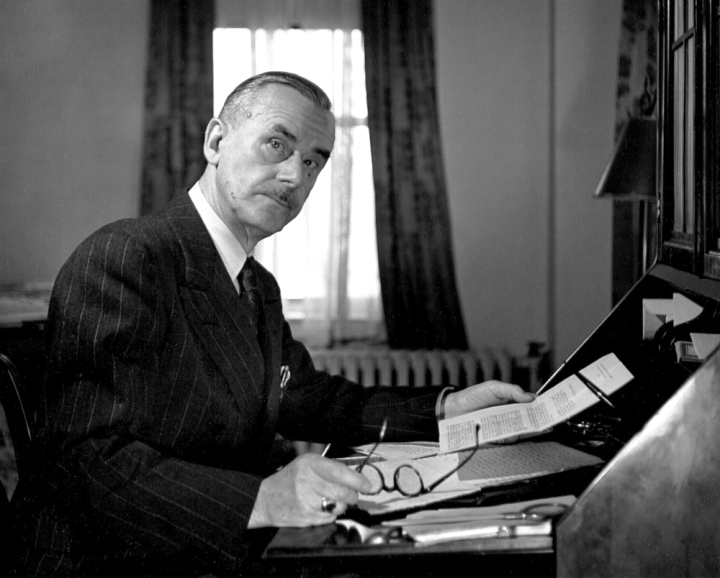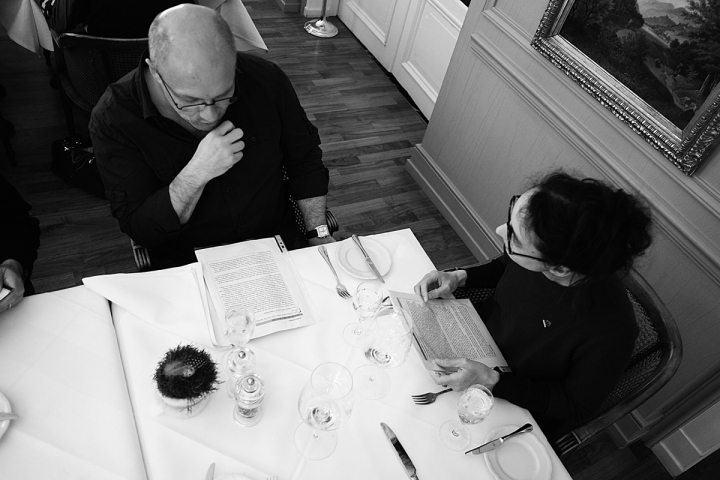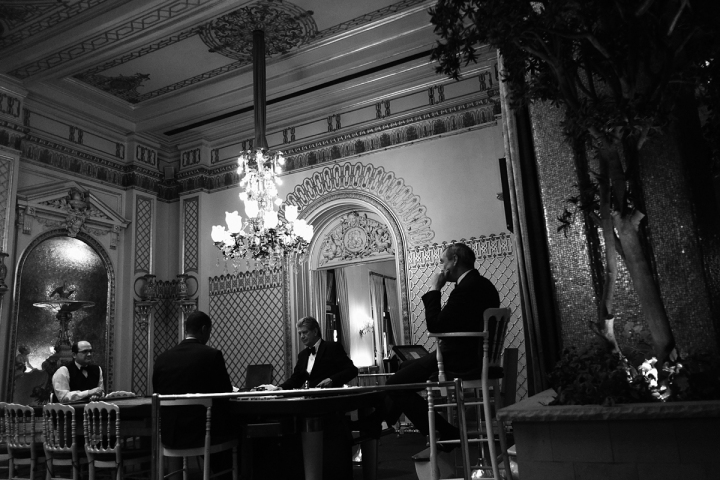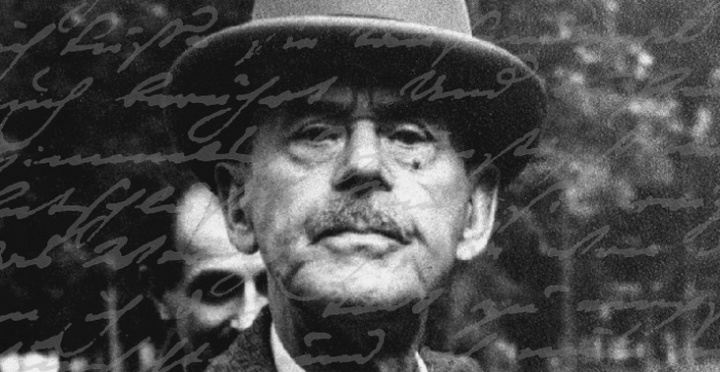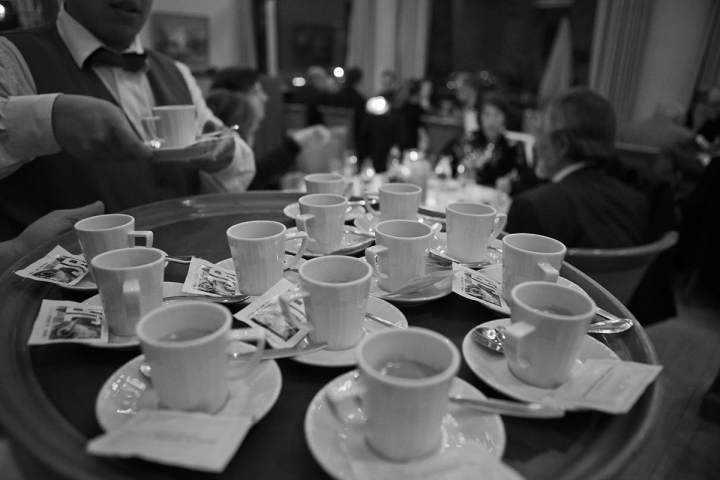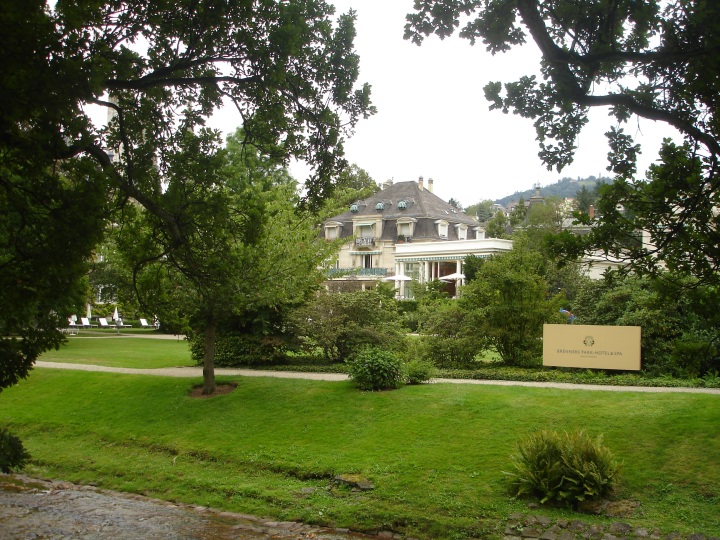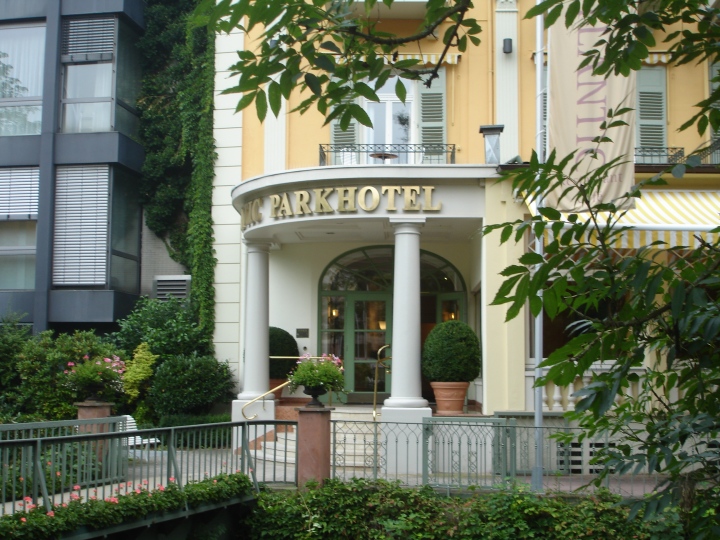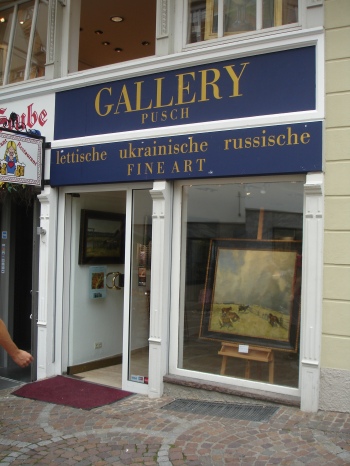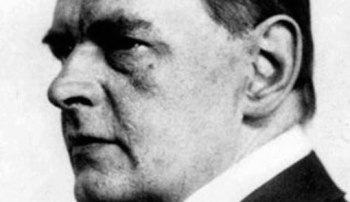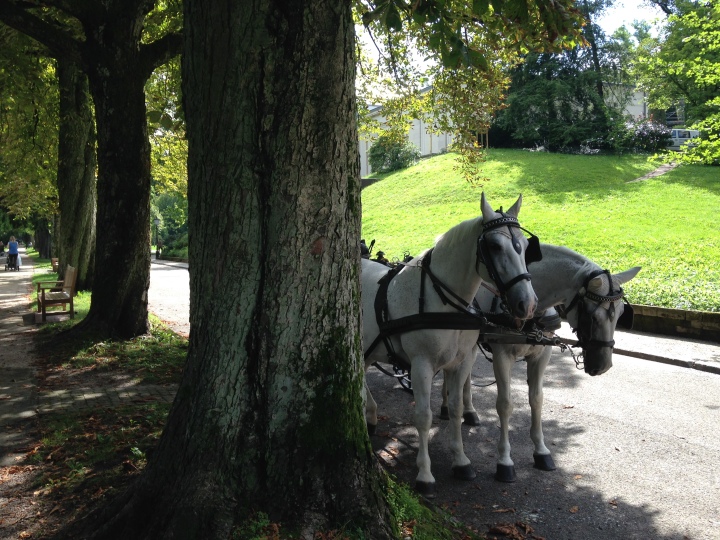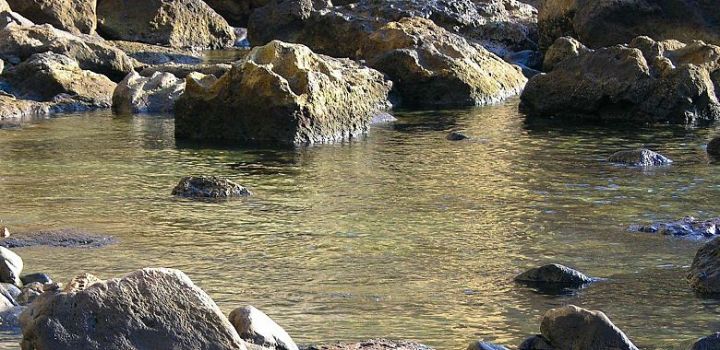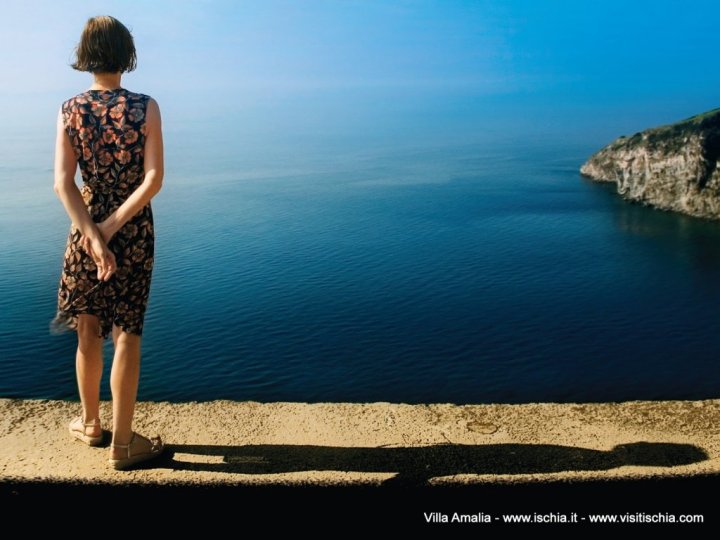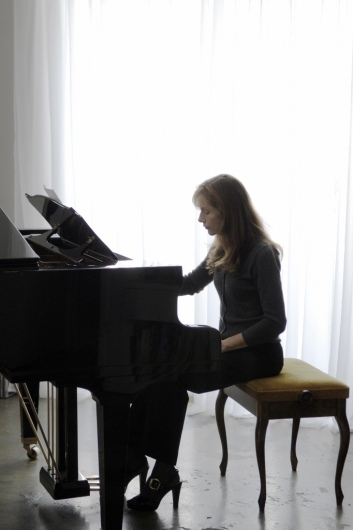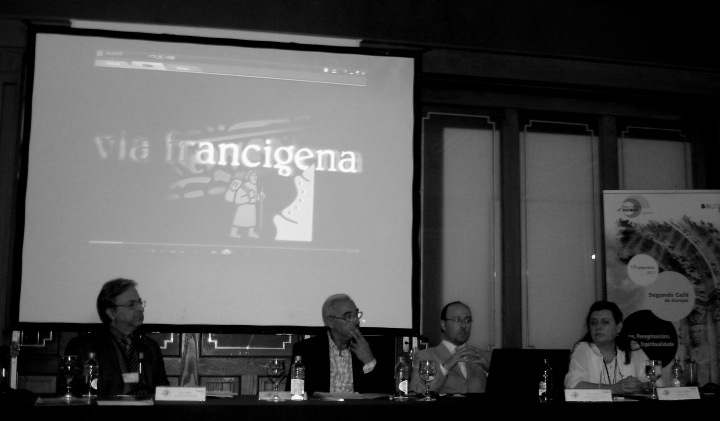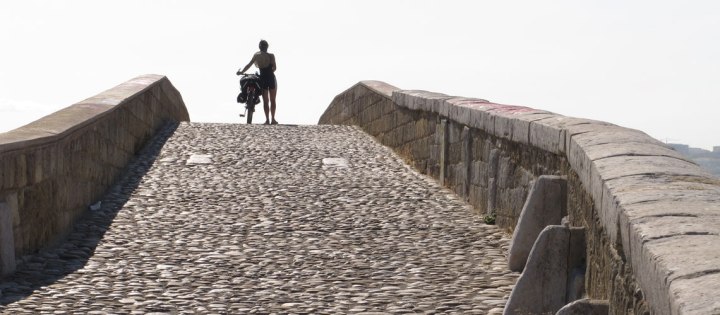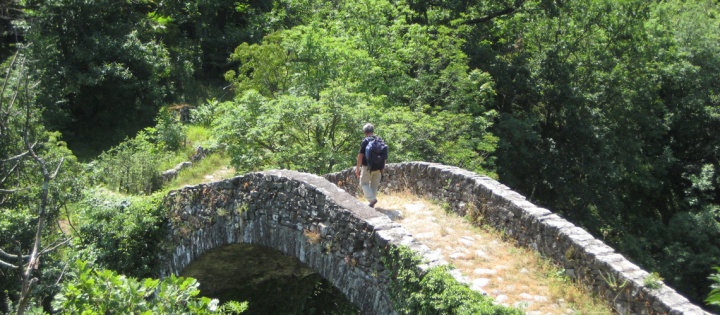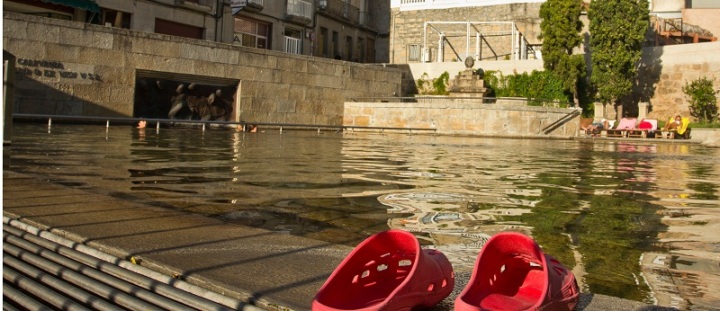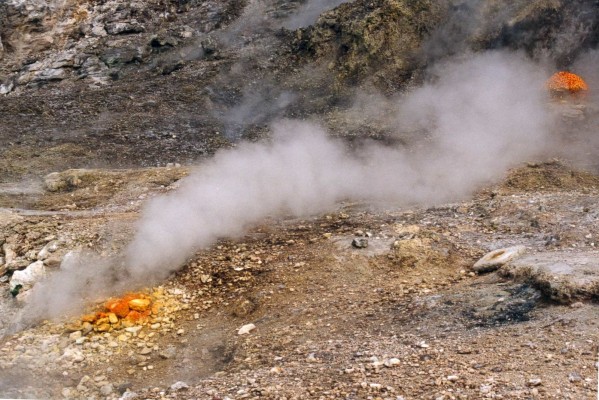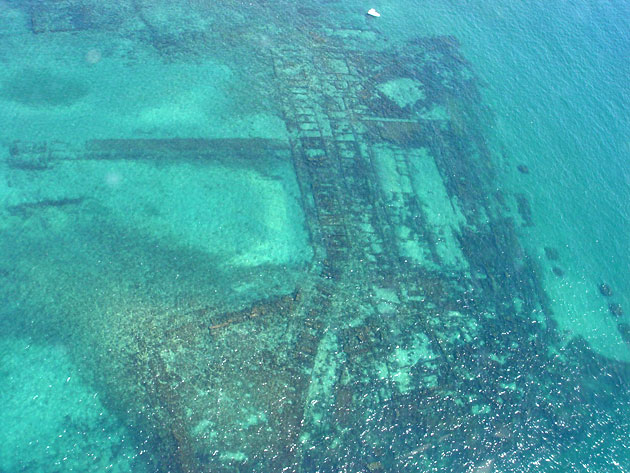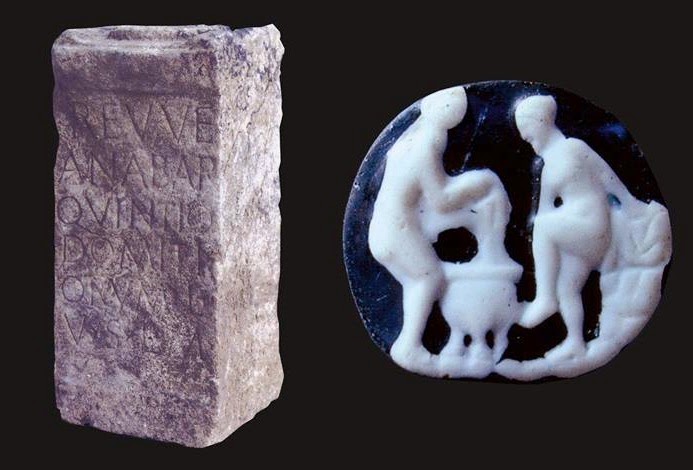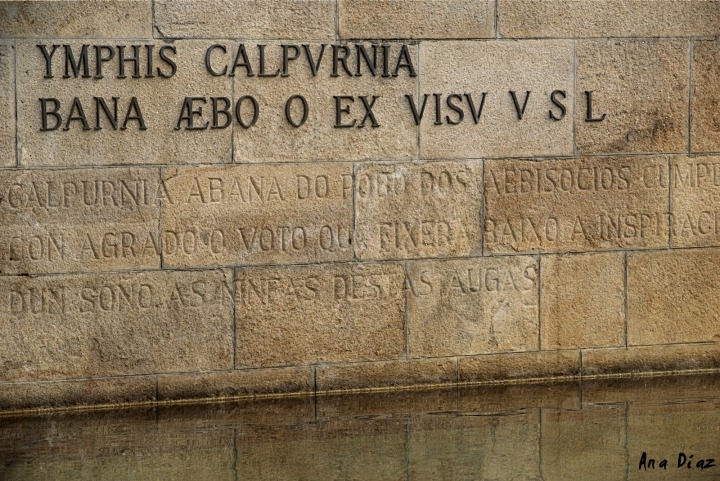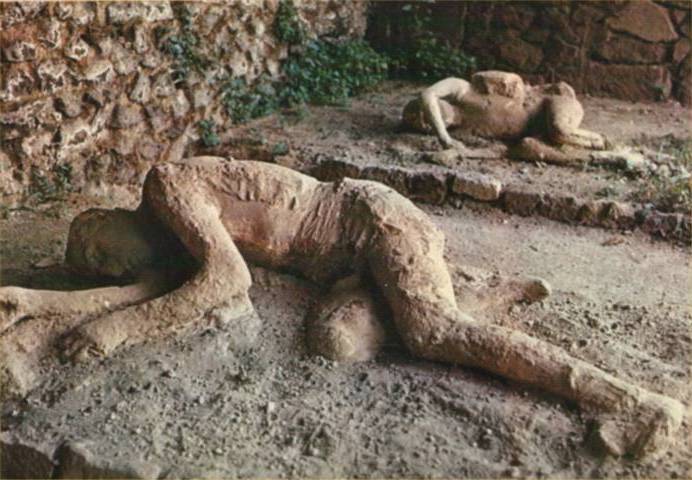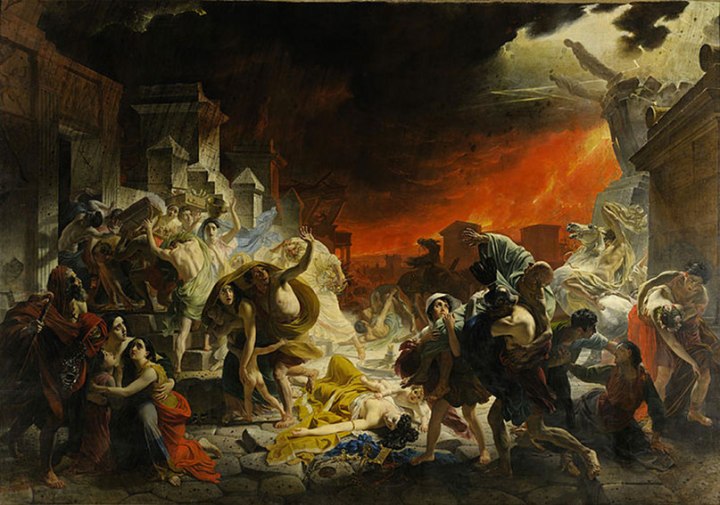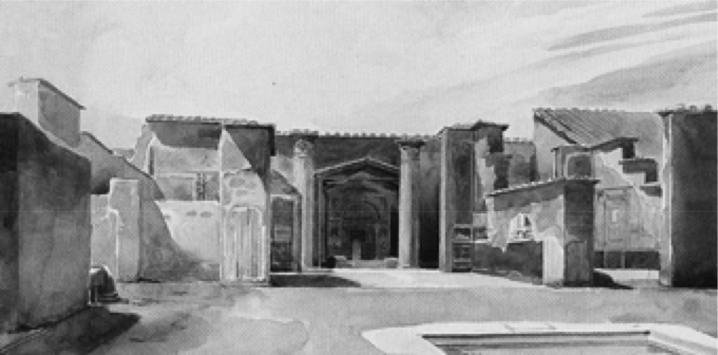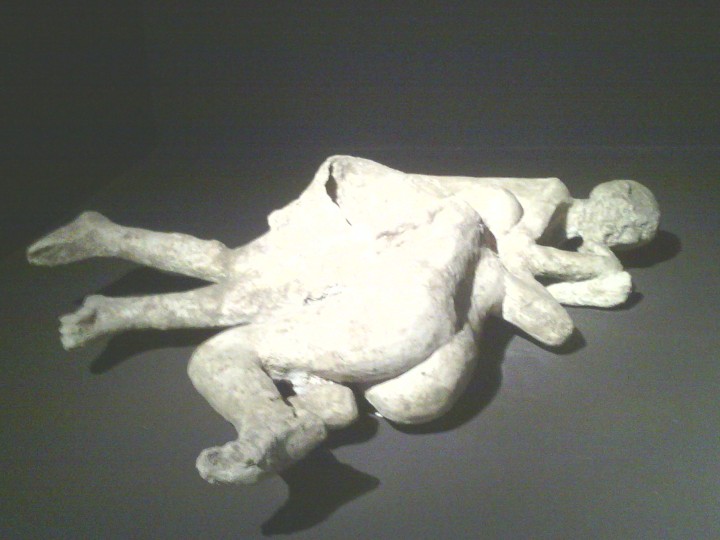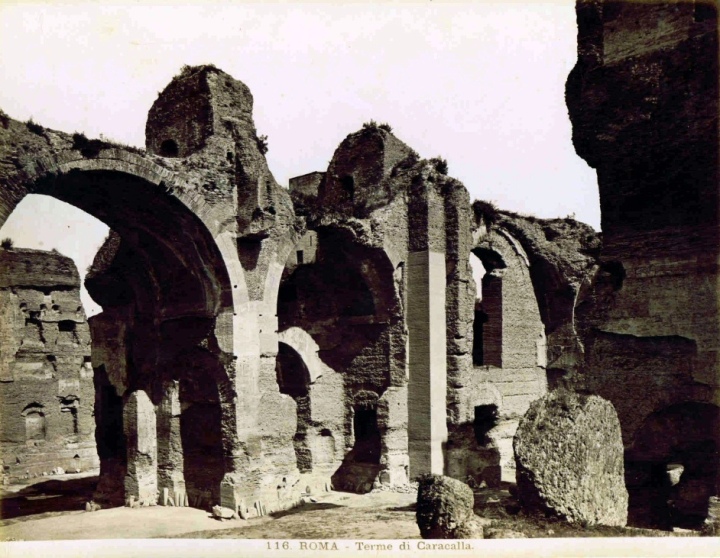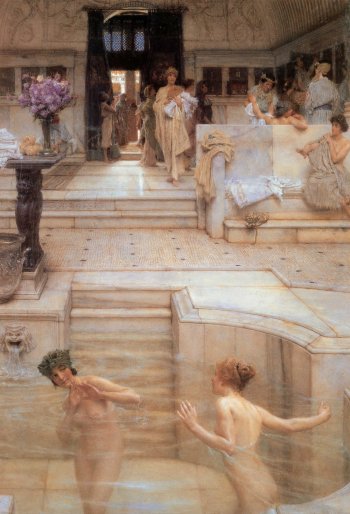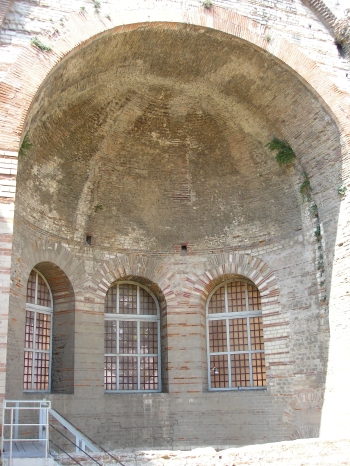C’est un peu comme si j’étais revenu étudier les bases de ma profession. Je suis assis sur un canapé de l’hôtel tandis que Groddeck et ses amis ont défilé les uns après les autres. Quand la nuit est venue, bien évidemment.
Le premier soir, Thomas Mann est resté seul avec moi plusieurs heures. Etrange atmosphère. Je n’avais pas vraiment prévu de l’interviewer et encore moins de lui parler de la pluie et du beau temps. Je ne savais d’ailleurs pas ce qu’il attendait exactement.
C’est lui qui a finalement brisé la glace : « L’homme ne vit pas seulement sa vie personnelle comme individu, mais consciemment ou inconsciemment il participe aussi à celle de son époque et de ses contemporains ». Quand l’EDITEUR m’a contacté lors d’un de ses vendredis de l’Aubette, je lui ai suggéré de vous confier à tous – je veux dire Valery que j’ai rencontré en avril, vous qui aviez l’avantage de bien connaître les ressorts psychologiques d’une histoire de l’Europe reliant des individus et des collectivités, Clara votre protégée et Charles Joseph le perturbateur – le soin d’écrire un roman collectif qui aiderait l’Europe contemporaine à s’éloigner de ses doutes et à se remettre en marche vers un dialogue constructif. »
« Rien que cela ? Est-ce que vous êtes sérieux ? »
« Oui en effet. Je ne sais pas si un roman collectif et « transmédia » comme le désigne l’EDITEUR pourra jouer le rôle de témoignage d’un égarement, comme « La Montagne magique » l’a fait pour définir l’état d’esprit et la problématique spirituelle de l’Europe dans le premier quart du XXe siècle, qui avait connu l’horreur des tranchées. Mais les notions de durée et de mémoire, les rapports entre la mort et la culture jettent toujours un éclairage sur les mentalités qui s’affrontent dans le carnage des guerres. »
« Et vous pensez que nous revivons une situation comparable ? »
« C’est à vous de me le dire ; en tout cas d’y réfléchir. Vous savez bien ce qu’à voulu dire la cure thermale, en parallèle à la cure climatique en montagne. L’ennui cher Georg, l’ennui. Sur la nature de l’ennui, des conceptions erronées sont répandues. On croit en somme que la nouveauté et le caractère intéressant de son contenu « font passer le temps », c’est-à-dire : l’abrègent, tandis que la monotonie et le vide alourdiraient et ralentiraient son cours. Mais ce n’est absolument pas exact. Le vide et la monotonie allongent sans doute parfois l’instant ou l’heure et les rendent « ennuyeux », mais ils abrègent et accélèrent, jusqu’à presque les réduire à néant, les grandes et les plus grandes quantités de temps. »
« C’est notre manière d’aider le monde par l’analyse psychologique, en lui donnant la possibilité de prendre un peu de recul sur soi, non ? »
« Je cherche à introduire un peu de logique dans notre conversation et vous me répondez par des phrases généreuses. Souvenez-vous de ce qu’affirme un de mes personnages : « Je ne laissais pas de savoir que la Renaissance avait mis au monde tout ce que l’on appelle libéralisme, individualisme, humanisme bourgeois. Mais tout cela me laisse froid, car la conquête, l’âge héroïque de votre idéal est depuis longtemps passé, cet idéal est mort, ou tout au moins il agonise, et ceux qui lui donneront le coup de grâce sont déjà devant la porte. Vous vous appelez, sauf erreur, un révolutionnaire. Mais si vous croyez que le résultat des révolutions futures sera la Liberté, vous vous trompez. Le principe de la Liberté s’est réalisé et s’est usé en cinq cents ans. Une pédagogie qui, aujourd’hui encore, se présente comme issue du Siècle des Lumières et qui voit ses moyens d’éducation dans la critique, dans l’affranchissement et le culte du Moi, dans la destruction de formes de vie ayant un caractère absolu, une telle pédagogie peut encore remporter des succès momentanés, mais son caractère périmé n’est pas douteux aux yeux de tous les esprits avertis. »
Est-ce sur cette phrase que je me suis endormi ? Est-ce que j’ai rêvé ? Pourtant un mot manuscrit était posé à côté de la tasse d’infusion froide :
« Mon Dieu, la vie était belle ! Elle était belle, grâce précisément à des choses aussi naturelles que le fait que les femmes s’habillaient d’une manière séduisante – car c’était tout naturel, évidemment, c’était si naturel et si généralement admis qu’on y pensait à peine, qu’on le tolérait inconsciemment et sans en faire grand état. Mais on devait y penser, estima Hans Castorp en lui-même, pour prendre vraiment plaisir à la vie, et se rendre compte que c’était là une organisation délicieuse et au fond presque féérique. »
Les bases de ma profession…J’ai bien dit !
It’s just like studying anew the bases of my profession. I sit on a sofa of the hotel whereas Groddeck and his friends come one after the other. When the night fell, of course.
First evening, Thomas Mann remained alone with me for several hours. Strange atmosphere! I had not really planned of an interview and even less to talk of this and that to him. I did not know moreover what he waited for exactly.
It is him who finally broke the mirror: « Man lives not only his personal life as an individual, but consciously or unconsciously he also participates in that of his time and of his contemporaries ». When the PUBLISHER contacted me during one of his Fridays of the Aubette, I suggested to him to entrust you all – I mean Valery whom I met in April, you who had the advantage to know well the psychological competences of a history of Europe connecting individuals and communities, Clara your “protégée” and Charles Joseph the troublemaker – the care of writing a collective novel which would help contemporary Europe to go away from its doubts and to restart towards a constructive dialogue. »
« Only that? Are you serious? »
« Yes indeed. I do not know if a collective novel and a « transmedia » as the PUBLISHER spells it can play the role of testimony of a distraction, as « The magic Mountain » did it in order to define the state of mind and the spiritual problem of Europe in the first quarter of the XXth century which had known the horror of trenches. But the notions of duration and memory, the relationships between death and culture always throw a crude light on the mentalities which were in confrontation in the slaughter of the wars. »
« And you think that we relive a comparable situation? »
“You should tell me; in any case you have to think about it. You know well what means the water cure, in parallel to the climatic cure in the mountains. The precious boredom Georg! Boredom, a key word. On the nature of the boredom, erroneous conceptions are spread. We believe as a matter of fact that the novelty and the interesting character of its contents « make time flow more rapidly », that is: abbreviate it, whereas dullness would weigh down and would slow down its course. But it is not absolutely exact. Emptiness and dullness lengthen sometimes without doubt the moment or the hour and make them « boring », but they abbreviate and accelerate, until almost reduce them to nothing. »
« It is our duty in helping the world by psychological analysis, by giving to individuals the possibility of taking a certain distance, or not? »
« I try to introduce a little of logic into our conversation and you answer me by generous sentences. Remember what asserts one of my characters: « I did not let know that the Renaissance had brought into the world all that we call liberalism, individualism, bourgeois humanism. But all this leaves me cool, because the conquest, the heroic age of your ideal passed for a long time, this ideal died, or at least it is dying, and those who will give it the deathblow are already in front of the door. You are called, if I am right, a revolutionary. But if you believe that the result of the future revolutions will be the Freedom, you are wrong. The principle of Freedom came true and wore out in five hundred years. A pedagogy which, today still, appears as an outcome of the Age of the Enlightenment and which sees its educational means in the criticism, in the postage and the cult of the I, in the destruction of forms of life having an absolute character, such a pedagogy can again gain momentary successes, but its out-of-date character is not doubtful in everybody’s view the warned spirits. »
Is it on this sentence that I fell asleep? Did I dream? Nevertheless a handwritten word was put next to the cup of cold infusion:
« My God, life was beautiful! It was beautiful, thanks to things as natural as the fact that women got dressed in an attractive way – because it was quite natural, obviously, it was so natural and so generally admitted as we thought hardly of it, because we tolerated it unconsciously and without making that a big case. But we had to think of it, estimated Hans Castorp inside, to take really pleasure in the life, and realize that it was a delicious organization and in fact almost magic there. »
The bases of my profession … Just as I said before!

